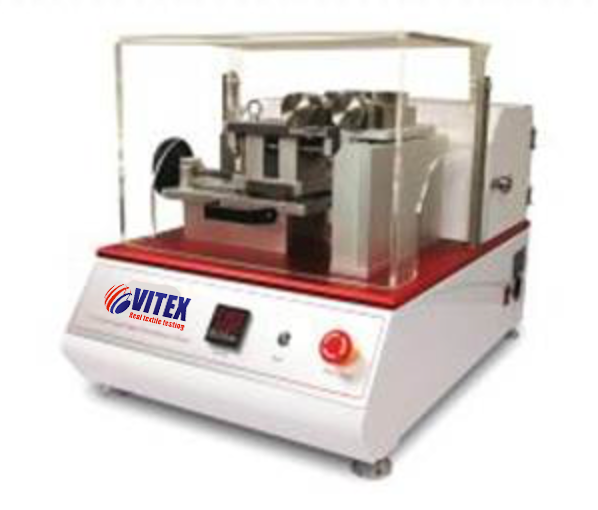Application
Scott Type Crease-Flex Abrasion Tester, to determine the Crease-Flex abrasion resistance of leather, rubber, cloth, etc. The force loaded on specimen, distance between grips and the two-way distance can be adjustable. And the force loaded on specimen is of spring type.
Clamp the two specimens in cross shape. Based on the various materials of the specimen, apply the appropriate load. During test, the two specimens are creased and Flexed reciprocally. After reaching the specified number of abrasion, take off test samples to check if they are cracked, wrinkled or discolored.
Standards
JIS-K6404-6, L1096, JASO
Power
220 V 50/60 Hz
Weight
95 Kg
Dimensions
500 x 400 x 550mm (L x W x H)



